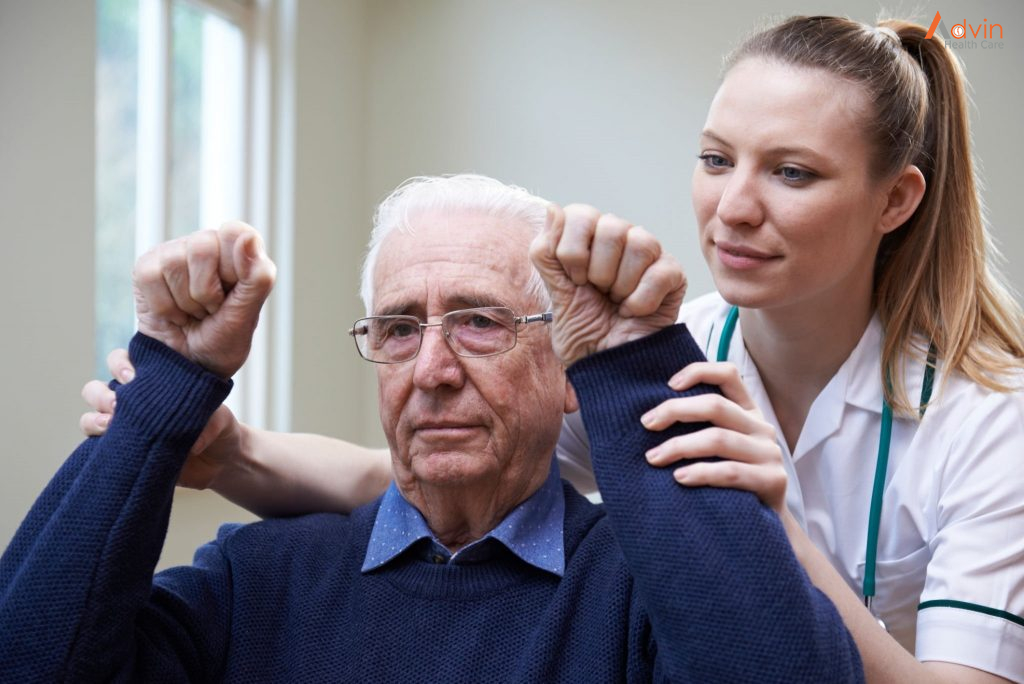With the thoughts that are shifting between hope and anxiety, the stroke survivors and their family members go through a lot. This happens especially after the discharge from the hospital.
While a few survivors recover on their own, at least two thirds of stroke survivors need some sort of rehabilitation. The extent of the therapy is determined by the physiatrist who is experienced in Stroke Rehabilitation.
The initial consultation followed by a thorough analysis of the current condition of the survivor, the therapist sets up the goal, and devises a therapy plan upon consulting other rehab specialists.
This therapy could be typically availed as an outpatient service but few facilities offer it as an inpatient rehabilitation service. The roadmap to therapy, and eventually to recovery, is laid after considering every minute aspect that can pose a threat or cause an interruption during the therapy.
Setting up a platform that works seamlessly
The goals are set, the path is fixed, and the rehabilitation is started. But what to expect from the whole therapy course?
The rehabilitation experts, as a team or as individuals, start working towards the time-bound goals. The progress will be evaluated on a weekly basis and the pace is checked against the date.
If there are any challenges related to the speed of recovery, responsiveness, involvement of the survivor, these weekly evaluations address them timely and try to get the recovery back on track.
Communication, and an empathetic and supportive environment play an important role during the recovery. And, it is possible only when the team of doctors, patients, and their family members align themselves to the determined goals.
What to expect from the stroke rehabilitation therapies?

Each stroke survivor will have different sets of needs and different therapists work on addressing them. Typically here is what to expect from the therapy sessions.
- Therapy sessions – Employing both the individual and group therapy sessions whenever there is need, the rehabilitation specialists conduct therapy sessions on a daily basis. Again, the frequency of these sessions is determined by the physical medicine and rehabilitation experts and varies from person to person.
- Support just the way it is needed – Positive approach in a therapy always yields better results and the survivors feel positive when they feel they are being recovered in a supportive and engaging environment. Expect psychological and emotional support from the therapists, communicate with them, and express the difficulties or discomforts.
- Occupational therapy – The stroke survivors need additional strategies and comfortable ways to go about with the day-to-day activities and the experienced and trained occupational therapists will help them manage their day in a more comfortable way. This support may also be extended to the career and professions.
- Using the techniques such as neuroplasticity – Stroke survivors might have to learn the skills even though they knew it in the pre-stroke days. The brain needs to make new connections, and learn skills again. It takes time, practice and most importantly patients and determination.
- Therapy support from the other therapists – Stroke can lead to complex medical conditions such as vision and speech impairments. Vision therapy, and speech therapy for stroke patients is aimed to help the person to perform these functions in a better way.
- Support in physical activities – Everyday physical activities are essentials in the process of therapy. The therapists should help the survivors in performing these activities and these sessions should be in a one-on-one environment.
Therapy in a most holistic, advanced, supportive, and collaborative environment. In a nutshell, this is what the survivor or the family member should expect from stroke rehabilitation.
The importance of building trust and nurturing relationships between the survivors and the therapy team could not be emphasized further. This could be the backbone during the entire process of rehabilitation therapy for stroke survivors.



